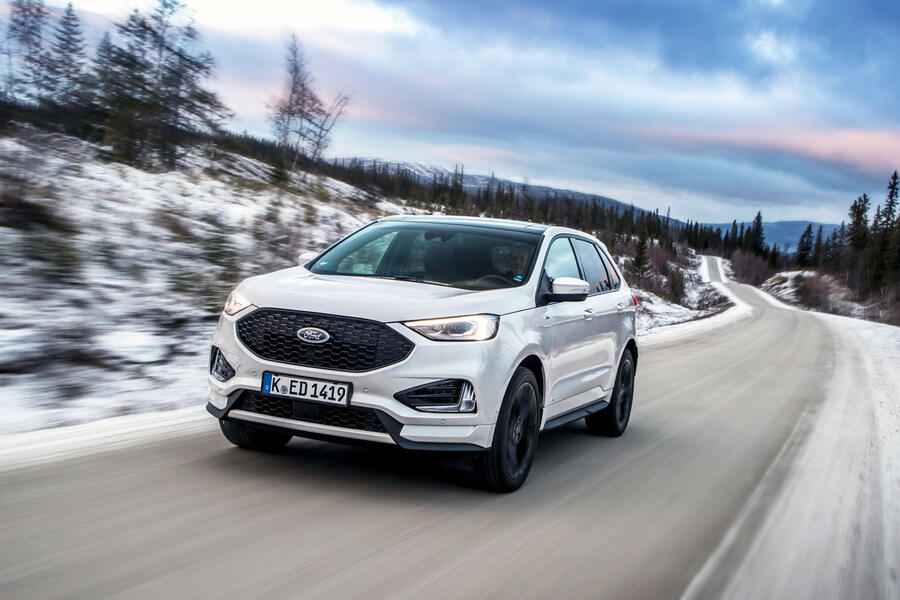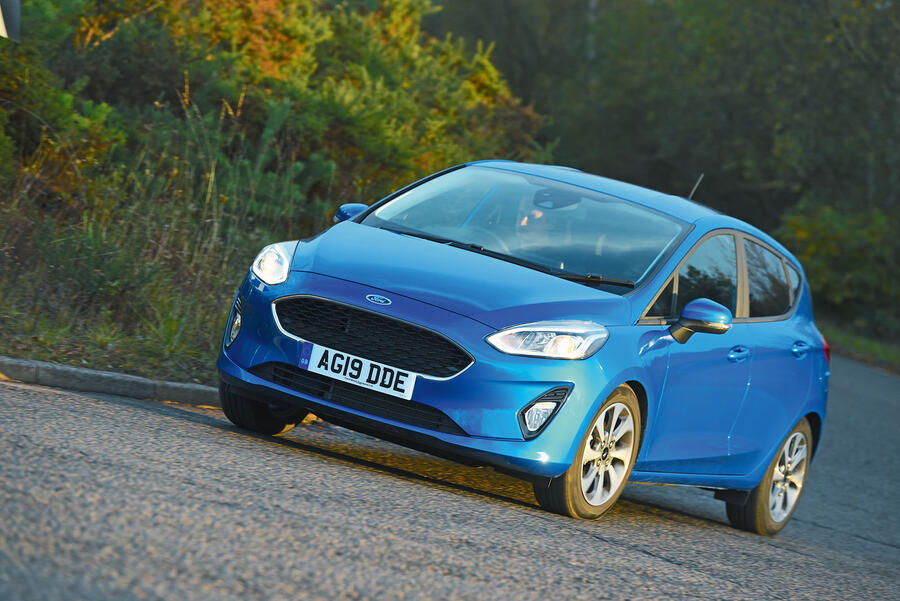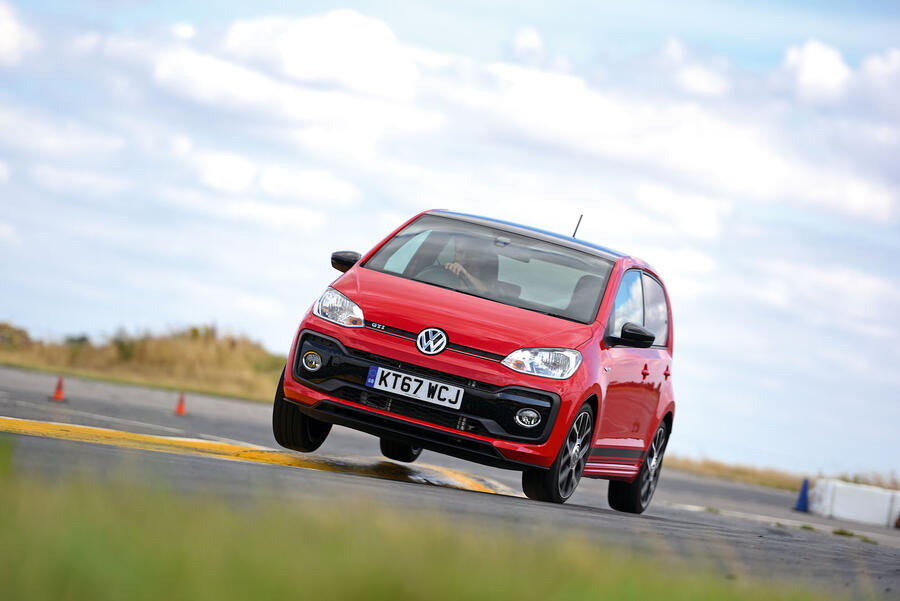This year will mark a revolution in new-car selling: for the first time, carmakers will place the CO2 output of every model in their ranges at the top of their priority list, outweighing design, performance and other traditional sales points.
The EU’s 95g/km fleet average CO2 regulation – under discussion in Brussels for a decade – means from 2020 every car maker faces significant fines if they miss their target.
With such a long preparation time, car makers have at least had a chance to develop low-CO2 technologies, but most have only fed the improvements through in the past couple of years – and fresh into 2020 we have already seen car makers reshuffling the mix of engines in their model ranges and rushing to introduce low-CO2 models.
Ford, for example, has pruned 2.0 and 1.5-litre petrol engines from the S-Max and Mondeo and will be dropping the thirsty Edge SUV from its range. Meanwhile, Volkswagen and Skoda have canned the most polluting 2.0 TSI petrol motor from its large SUVs.
In fact, data supplied to Autocar UK by Jato Dynamics indicates that around 184 models have been trimmed from the 7,345 variants listed on UK price lists in November 2018 – a small percentage, but an unusual reverse in an industry more used to expanding model ranges.

Anecdotally, there is also evidence that waiting lists on some models are unusually long as car makers throttle off supply, especially of lightweight cars like hot hatchbacks with high-emitting powerful engines, because they score very badly under the regulations.
Last month, the Financial Times reported that Mercedes dealers are expecting to have supply of the most polluting AMG models restricted by up to 7.5 percent in 2020.
There are also suggestions that car makers have been filling their distribution centres with low-CO2 and zero-emission models ready for this month, but did not make them available to customers in 2019.
“We have our suspicions that some battery-electric cars were being built in 2019 and stockpiled ready for sale this year,” analyst Colin Couchman of IHS Markit told Autocar UK. “There’s a discrepancy between build rates and shipping numbers.”
Why would car makers do this? For 2020, to speed up the introduction of battery-electric models, they qualify for ‘super-credits’ under the EU regulation (effectively they count twice towards a car maker’s average), which makes it easier to achieve their target.
There are also UK-specific incentives. For example, battery-electric cars will be zero-rated for BIK (Benefit in Kind) tax for two years from April 2020. So a company car driver – for example, in a Merc C220d AMG Line saloon who switches to a BEV in April – will save £2,381 (Rs 219,515) per year in tax alone. “These changes to UK company car taxation are going to give BEV and plug-in sales a significant lift in the UK,” says Matthias Schmidt, a Berlin-based consultant who specialises in low-carbon technologies.

In the spring Ford, for example, will launch 1.0-litre 48V mild-hybrid Fiesta and Focus models in time for the new company car tax rules, cutting CO2 to 106g/km in the Focus. Expect plenty of similar announcements from other carmakers throughout 2020.
There has been a significant switch in the determination of manufacturers to hit their EU target – the prospect of heavy fines has clearly focused minds. And this is despite three trends that have forced up fleet averages in the run-in to January: increasing sales of SUVs, reduced diesel demand and the shift to tougher WLTP regulation.
BMW and Ford, which along with JLR and VW were in the bottom five of a PA Consulting CO2 study last year, are now explicitly saying they will hit their target. Mercedes, also in the bottom five, says it is its ‘goal’ to do so.
Greg Archer of Transport and Environment (T&E), whose lobbying partly shaped the EU regulation, is not so sure the industry will be able to turn around its performance so easily.
“It will require a high level of electrification and while the 2020 target might be achievable, in 2021 there is a risk of three carmakers incurring penalties,”
T&E published a report in September that outlined four strategies car makers could take and, depending on how they are introduced on individual models, these will influence the chances of hitting the target.
Whatever happens, the job of car company bosses to get the right mix of low-CO2 models is their new challenge. This year, car buyers can expect model ranges to evolve with the emphasis on hybrids, plug-ins and electrification and not on lightweight cars with powerful engines.
How the EU regulations work

The headline figure is 95g/km. But during the political horse-trading in Brussels as the figures were agreed, the German and UK industry succeeded in tweaking the regulation so that weight was taken into account – ensuring it could work for heavier luxury cars as well as lighter ones.
As a result, Fiat Chrysler Automobiles, with a range dominated by small cars, has a target of 92g/km in 2020, while BMW has 102g/km.
But Autocar understands the figure will change for 2021. That’s also when an exemption for the top five percent highest emitters will expire.
Each company average is built up from CO2 target figures calculated for individual models and based on a reference mass of 1379.88kg (about the weight of a BMW 1 Series).
The formula is: CO2 Target = 95 + [0.033 x (Model Mass – 1379.88kg)]
Taking a model such as the BMW 116d SE, which weighs 1440kg, its CO2 target is: 95 + [0.033 (1440 – 1379.88)] = 95 + [1.98] = 97.0g/km. The 116d is rated at 111g/km, so is subject to a fine of €95 (£81) per g/km over the target, per car sold.
The lightweight 1100kg but 120g/km VW Up GTi is a particular loser, facing a possible fine of around €3252 (£2771/Rs 255,484) per car.
/feature/co2-output-to-be-top-priority-for-carmakers-in-2020-45278 CO2 output to be top priority for carmakers in 2020 Dramatically reducing fleet average emissions is now the priority for car makers, if they are to avoid heavy fines https://www.autocarpro.in/Utils/ImageResizer.ashx?n=https://www.autocarpro.in/userfiles/8fbfa64f-fbb4-4a40-8b53-ac08ce86755a.jpg